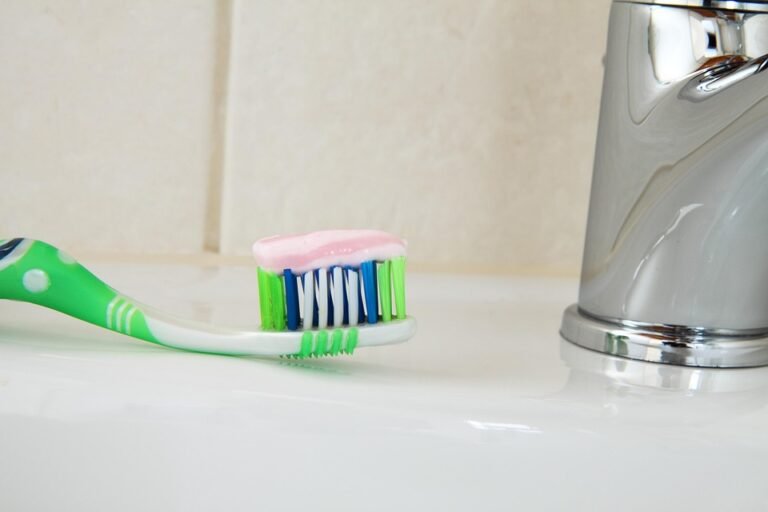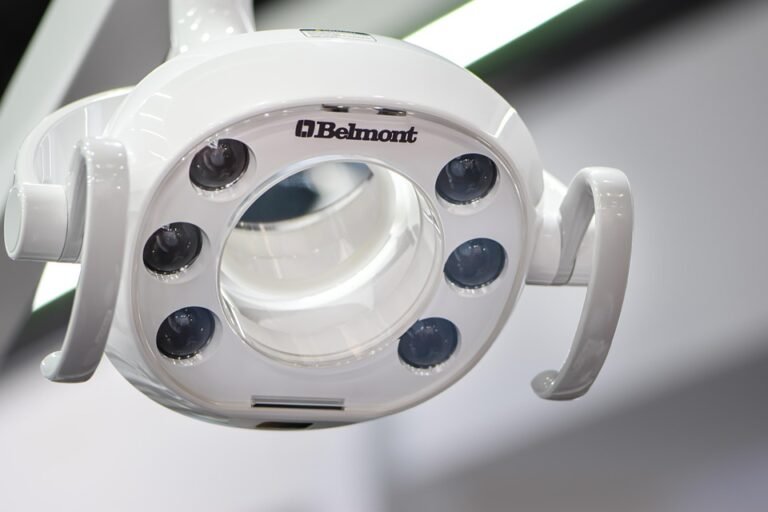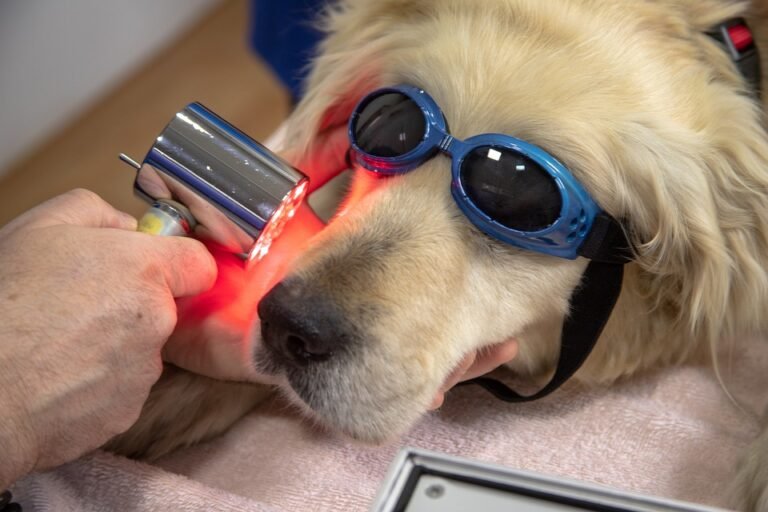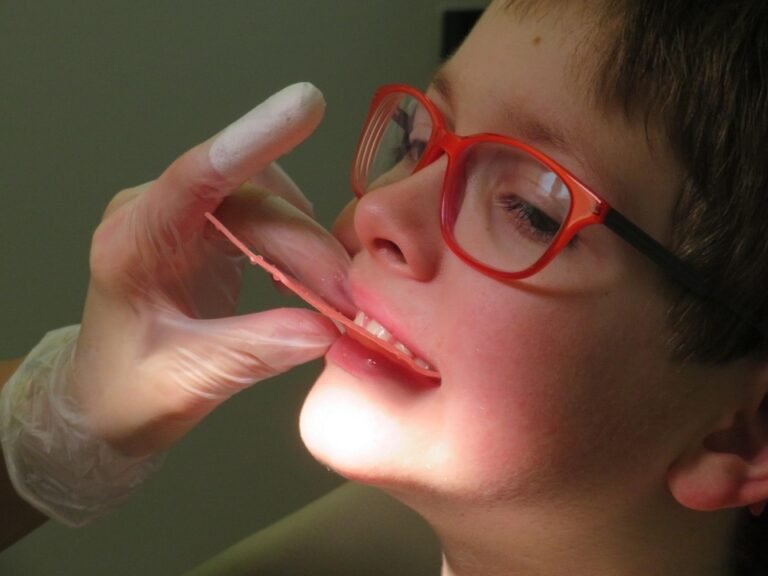What are the best third-party lenses for dental photography
I’m looking to upgrade my current dental photography setup but I’m on a budget. I know the official Canon/Nikon/Sony macro lenses are supposed to be the gold standard, but they’re just too expensive right now. So, what are some good third-party macro lenses that perform well for intraoral and extraoral photography?
Specifically, I need something with good sharpness and minimal distortion. I’m primarily shooting on a Canon EOS Rebel T7 (yeah, entry-level, I know!), so lenses that are compatible with that mount are essential. Also, I’m doing a lot of shade matching, so accurate color reproduction is really important.
Are there any Sigma, Tamron, or other brands that are known for being reliable and delivering good results in a dental setting? I’ve seen some older forums mentioning specific models, but I’d like to know what’s currently available and recommended. What’s the minimum magnification ratio I should be aiming for? Are there any focusing issues I should be aware of with third-party lenses on my particular camera body? Bonus points if you can recommend any affordable ring flashes or twin flashes that pair well with the lenses you suggest.
Answer
When selecting third-party lenses for dental photography, several factors must be considered: image quality (sharpness, distortion, chromatic aberration), magnification ratio, working distance, autofocus performance, and build quality. The choice often depends on the specific type of dental photography being performed, such as intraoral, extraoral, or laboratory work.
Macro Lenses:
Macro lenses are essential for capturing the fine details needed in dental photography. A true macro lens has a magnification ratio of 1:1 (life-size), meaning the image projected onto the sensor is the same size as the actual object.
-
Sigma 105mm f/2.8 EX DG OS HSM Macro: This lens is highly regarded for its sharpness, image stabilization (OS), and build quality. The 105mm focal length provides a comfortable working distance, which is crucial to avoid obstructing light or startling the patient during intraoral photography. It also produces pleasing bokeh, which can be useful for portraits. The HSM (Hyper Sonic Motor) ensures fast and quiet autofocus.
-
Tamron SP 90mm f/2.8 Di VC USD Macro (Model F017): A popular choice known for its sharpness, Vibration Compensation (VC), and Ultrasonic Silent Drive (USD) for autofocus. The 90mm focal length offers a good balance between magnification and working distance. Tamron’s coatings help to reduce flare and ghosting.
- Tokina AT-X 100mm f/2.8 PRO Macro: A well-regarded lens known for its excellent sharpness and image quality at a more affordable price point. It provides a 1:1 magnification ratio and a useful working distance. The manual focus clutch mechanism allows for quick switching between autofocus and manual focus.
Considerations for Macro Lens Selection:
- Focal Length: Longer focal lengths (e.g., 100mm, 105mm) provide greater working distance, which is advantageous for intraoral photography. Shorter focal lengths (e.g., 60mm) require you to get closer to the subject.
- Image Stabilization (IS/OS/VC): Image stabilization is beneficial, especially when shooting handheld in lower light conditions or at higher magnifications where even slight movements can cause blur.
- Autofocus: Reliable and accurate autofocus is important, but manual focus is often preferred for critical macro shots. Look for lenses with a focus limiter switch to improve autofocus speed.
Other Lenses (Less Common but Potentially Useful):
- Sigma 35mm f/1.4 DG HSM Art: While not a dedicated macro lens, this lens can be used for extraoral portraits or general dental practice photography. The wide aperture (f/1.4) allows for shallow depth of field and excellent performance in low light.
- Sigma 50mm f/1.4 DG HSM Art: Similar to the 35mm, this lens offers a standard focal length with a wide aperture, suitable for portraits and general photography within the dental practice.
Important Accessories for Dental Photography:
- Ring Flash or Twin Flash: These are essential for providing even and shadow-free illumination during intraoral photography. They mount on the lens and provide controlled lighting.
- Diffusers: Diffusers soften the light from the flash, reducing harsh shadows and highlights.
- Retractors and Mirrors: These tools help to improve visibility and access during intraoral photography.
- Polarizing Filter: A polarizing filter can reduce glare and reflections, improving image quality, especially when photographing teeth.
- Gray Card/Color Checker: These are used for accurate white balance and color correction during post-processing.
General Recommendations:
- Prioritize Image Quality: Sharpness and low distortion are crucial for dental photography.
- Consider Working Distance: Choose a lens with a focal length that provides a comfortable working distance.
- Lighting is Key: Invest in a good quality ring flash or twin flash system.
- Practice and Experiment: It takes time and practice to master dental photography techniques.
It’s essential to check lens compatibility with your specific camera system (Canon, Nikon, Sony, etc.) before purchasing. Read reviews and compare specifications to determine the best lens for your needs and budget.





